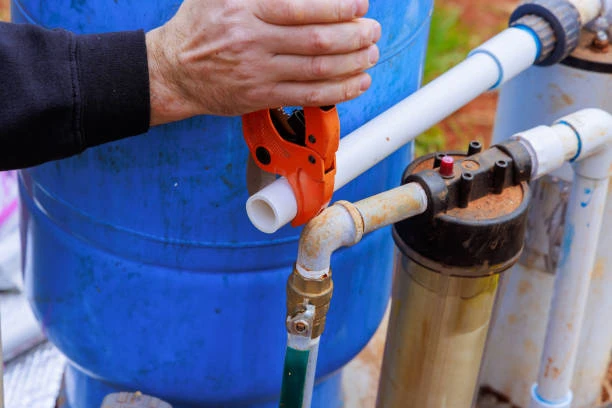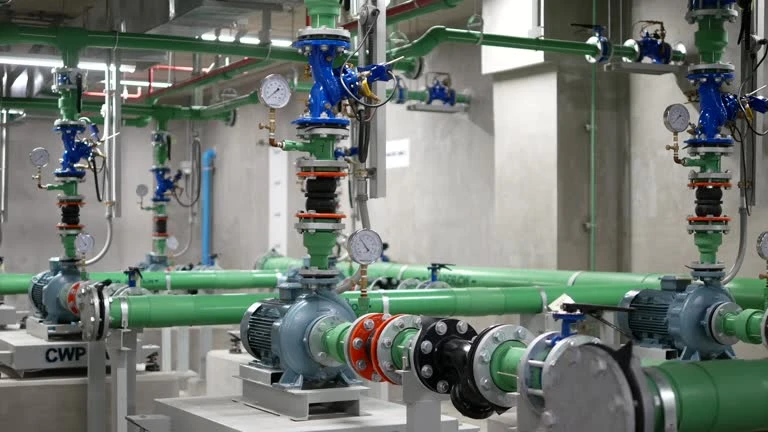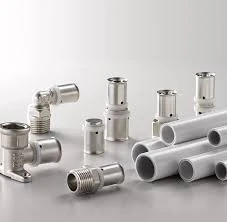In the ever-evolving world of plumbing and piping systems, staying updated with the latest standards and specifications is crucial. The recent announcement of a new model specification for polypropylene pipe fittings has significant implications for manufacturers, installers, and end-users. This article will explore the characteristics, advantages, and applications of polypropylene pipe fittings, as well as the impact of the new specifications on the industry.
Understanding Polypropylene Pipe Fittings
Polypropylene (PP) is a thermoplastic polymer widely used in various industries due to its excellent chemical resistance, lightweight nature, and ease of fabrication. Polypropylene pipe fittings are essential components in plumbing systems, water distribution, and other applications requiring secure and durable connections.
Key Characteristics of Polypropylene Pipe Fittings
- Chemical Resistance: Polypropylene exhibits excellent resistance to a wide range of chemicals, making it suitable for transporting corrosive fluids.
- Lightweight: The low density of polypropylene makes it easier to handle and install compared to traditional materials like metal.
- Durability: Polypropylene fittings are resistant to impact and wear, providing a long service life.
- Temperature Tolerance: While not as heat-resistant as some materials, polypropylene can handle temperatures up to approximately 80°C (176°F), making it suitable for many applications.
- Versatility: Polypropylene fittings are available in various shapes and sizes, allowing for flexible design in piping systems.
Applications of Polypropylene Pipe Fittings
Polypropylene pipe fittings are used in various applications across different industries, including:
- Plumbing and Water Supply: Commonly used in residential and commercial plumbing systems for hot and cold water distribution.
- Chemical Processing: Suitable for transporting aggressive chemicals in industrial settings.
- Agriculture: Used in irrigation systems due to their resistance to chemical fertilizers and pesticides.
- Food and Beverage: Ideal for food processing applications, as they comply with hygiene standards.

The New Model Specification
The introduction of the new model specification for polypropylene pipe fittings aims to enhance the quality and safety of these products. Key elements of the specification include:
1. Standardization of Dimensions
The new specifications establish standardized dimensions for polypropylene fittings, ensuring compatibility across various manufacturers. This standardization simplifies the selection process for installers and reduces the risk of mismatched components.
2. Material Quality Standards
The specification outlines stringent material quality requirements, ensuring that all polypropylene fittings meet specific performance criteria. This includes resistance to UV light, impact, and chemical exposure.
3. Testing Protocols
New testing protocols have been introduced to assess the durability and performance of polypropylene pipe fittings under various conditions. This rigorous testing process will help identify potential weaknesses and improve the overall quality of products in the market.
4. Certification Process
Manufacturers will need to obtain certification for their polypropylene fittings to comply with the new specifications. This certification will provide assurance to installers and end-users regarding the reliability and safety of the fittings.
Advantages of the New Specification
The announcement of the new model specification for polypropylene pipe fittings brings several advantages to the industry:
1. Improved Quality Assurance
With standardized dimensions and material quality standards, the new specifications will lead to improved product consistency and quality. Installers can trust that the fittings they use will perform reliably over time.
2. Enhanced Safety
By adhering to stringent testing protocols, the risk of product failure due to subpar fittings is significantly reduced. This enhances the overall safety of plumbing systems and minimizes the chances of leaks or catastrophic failures.
3. Streamlined Installation Processes
Standardized dimensions will simplify the installation process for plumbers and contractors. They can easily select compatible fittings from various manufacturers, reducing the time and effort spent on sourcing components.
4. Increased Confidence for End-Users
With certification processes in place, end-users can have greater confidence in the quality and reliability of the products they are purchasing. This assurance can lead to higher customer satisfaction and trust in the industry.
Installation Considerations for Polypropylene Pipe Fittings
When installing polypropylene pipe fittings, several considerations should be kept in mind:
1. Proper Tools and Techniques
Using the correct tools and techniques is crucial for ensuring secure connections. Installers should use appropriate heat fusion equipment for making joints and ensure proper alignment during installation.
2. Temperature and Environment
While polypropylene is durable, extreme temperatures can affect its performance. Installers should consider the environmental conditions where the fittings will be used, especially in applications exposed to high heat or direct sunlight.
3. Cleaning and Preparation
Before installation, ensure that all surfaces are clean and free of debris. Proper cleaning helps achieve a secure bond during the installation process.
4. Follow Manufacturer Guidelines
Always refer to the manufacturer’s guidelines for installation practices and recommendations. Following these guidelines helps avoid common pitfalls and ensures optimal performance.
Future Trends in Polypropylene Pipe Fittings
The plumbing industry is continually evolving, and several trends are emerging that may impact the future of polypropylene pipe fittings:
1. Sustainability Initiatives
As environmental concerns grow, the demand for sustainable materials is increasing. Manufacturers are exploring options for using recycled polypropylene in fittings to reduce environmental impact.
2. Smart Technology Integration
With the rise of smart home technology, there is potential for integrating sensors into polypropylene fittings. These sensors could monitor water flow, temperature, and potential leaks, providing real-time data to homeowners and installers.
3. Customization Options
As projects become more specialized, the demand for customized fittings is on the rise. Manufacturers may begin offering tailored solutions to meet specific design requirements.
Conclusion
The announcement of the new model specification for polypropylene pipe fittings represents a significant advancement in the plumbing industry. By ensuring standardized dimensions, stringent material quality standards, and rigorous testing protocols, this specification will enhance the overall quality and reliability of polypropylene fittings. As installers and manufacturers adapt to these changes, the industry will benefit from improved safety, efficiency, and customer satisfaction.
Frequently Asked Questions (FAQs)
1. What are polypropylene pipe fittings used for?
Polypropylene pipe fittings are used to connect and manage the flow of liquids in various applications, including plumbing, chemical processing, agriculture, and food and beverage industries.
2. What are the advantages of using polypropylene over metal fittings?
Polypropylene fittings are lightweight, resistant to corrosion, and offer excellent chemical resistance. They are also easier to handle and install compared to traditional metal fittings.
3. How do the new specifications improve the quality of polypropylene fittings?
The new specifications establish standardized dimensions, stringent material quality standards, and rigorous testing protocols, leading to improved product consistency and reliability.
4. Can polypropylene fittings be used in high-temperature applications?
While polypropylene fittings can handle temperatures up to approximately 80°C (176°F), they may not be suitable for high-temperature applications. It’s essential to check the manufacturer’s guidelines for specific temperature limits.
5. What should I consider when installing polypropylene pipe fittings?
Consider using proper tools and techniques, environmental conditions, cleaning and preparation of surfaces, and always follow the manufacturer’s installation guidelines for optimal performance.


















